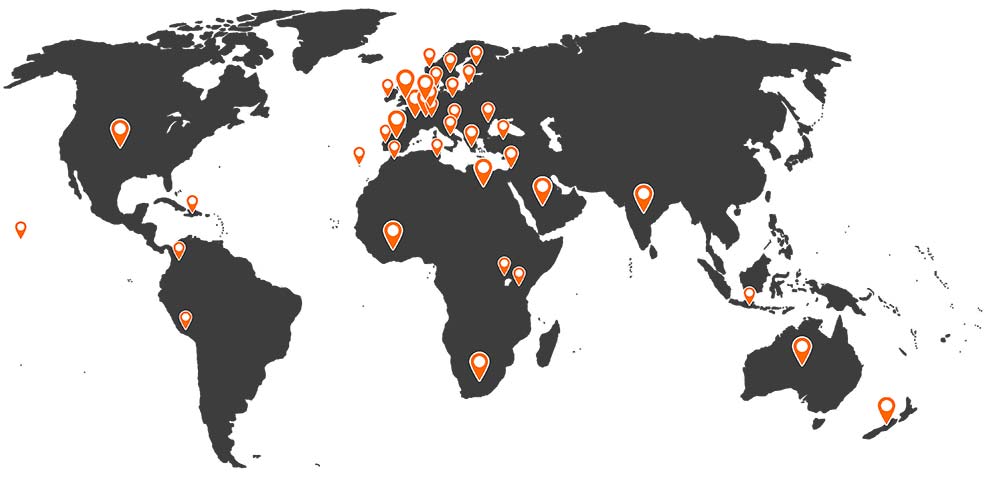Kloosterboer Cool Port: 'residual cold' used to condition machine room
Nijssen have realised a combined cooling/freezing installation with the maximum amount of BREEAM credits for Kloosterboer Cool Port in Rotterdam. The immense cooling and freezing house, which was officially opened in September, has a storage capacity of 40,000 pallets.
Kloosterboer Cool Port offers a space of 22 cooling cells, 1 freezing cell, 1 cooling/freezing cell, 3 expeditions and 3 spaces for Value Added Services. The cells with a height of 17 metres are foreseen of automatic mobile structures, so that only one path is needed. An advanced laser detection system guarantees safety. The expedition spaces with a total of 38 loading docks are placed over the full length of the 270 metre building.
Combined cooling/freezing installation
Nijssen has realised a combined cooling/freezing installation with natural coolants NH3/CO2, two spray coolers and economisers and various other energy efficient components. The screw compressors in the machine room offer a collective cooling capacity of 4 MW. This capacity is dimensioned to a maximum cold demand with an outside temperature of 32°C. This is a situation that only occurs in the peak of summer. Most of the time the installation runs at partial load.
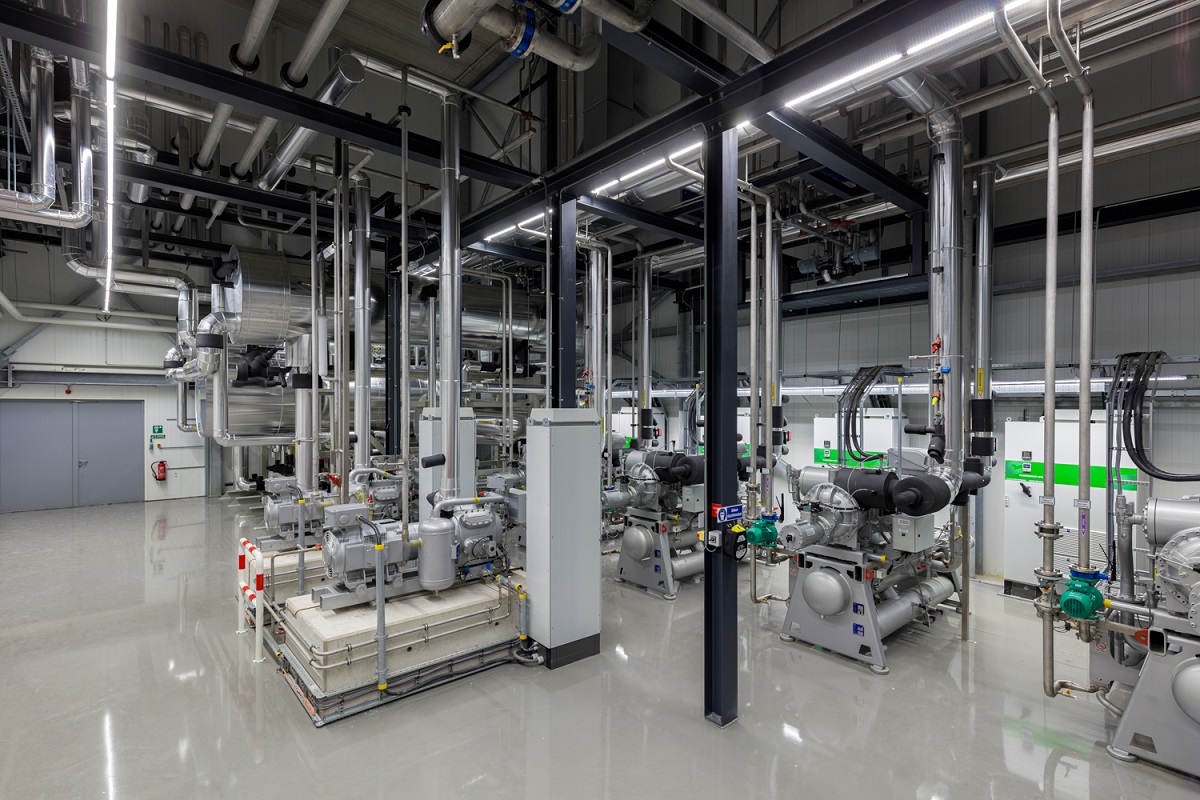
Cooled storage of fruit and vegetables
The cooling cells are designed to store fruits and vegetables. In the storage of living products the air flow through the space is essential. To guarantee optimal circulation, extra support ventilators have been installed between the humidifiers. Some of the cooling cells have been fitted with humidifiers for storing green bananas. All cooling cells are foreseen of a dry function. Half of the coolers are fitted with a dry block in the cooler's ventilator. All copper cooler blocks have a coating.
Spreading risk through redundancy
Due to the huge storage capacity Kloosterboer has chosen to carry out the primary part of the installation as two separate ammonia installations. In the case of a calamity half of the cooling capacity will remain available. The two ammonia installations are connected to one central CO2 circuit, which splits into a cooling and freezing circle. A DX system was used that further reduces the CO2 to a temperature of -35°C.
BREEAM Outstanding for cooling installation
With all the energy saving parts the cooling/freezing installation has achieved the highest possible amount of BREEAM credits - our contribution to the BREEAM Outside score that Kloosterboer is aiming for for Cool Port. For Nijssen it is a great addition to our fast growing list of BREEAM projects.
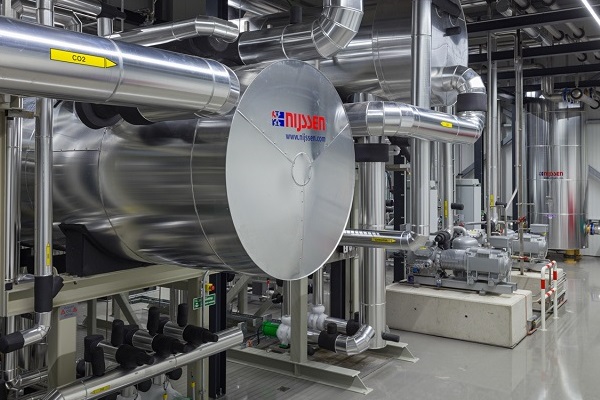
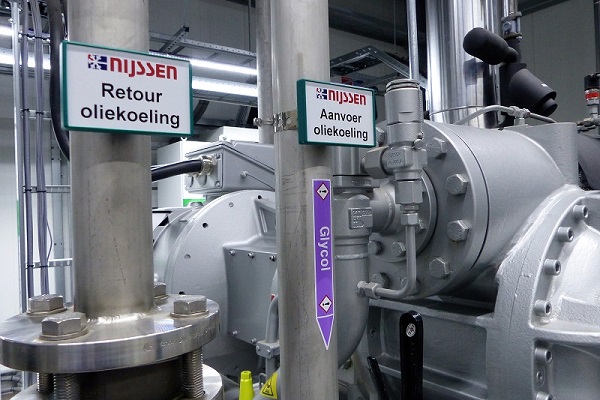
Reclaiming heat
Besides using natural coolants and opting for energy efficient components, everything in BREEAM is about reclaiming heat. Heat from the oil cooling and condensation heat from the pressing gasses is stored through heat exchangers in a water/glycol mixture. This trapped heat is used to defrost, the dry function of the cooling cells and for floor heating in the freezing cells and office space.
'Residual cold' also reused
The Nijssen engineers take an extra step in this project. After using the residual heat, the 'residual cold' is also used. The water/glycol mixture that was brought to temperature with residual heat, gives its heat to the floor heating. When it comes back from the floor heating the temperature has dropped to around 0°C. This cooled water/glycol is lead through an extra cooler in the machine room on its way to the buffer vat. In this way the machine room is conditioned without additional energy use.
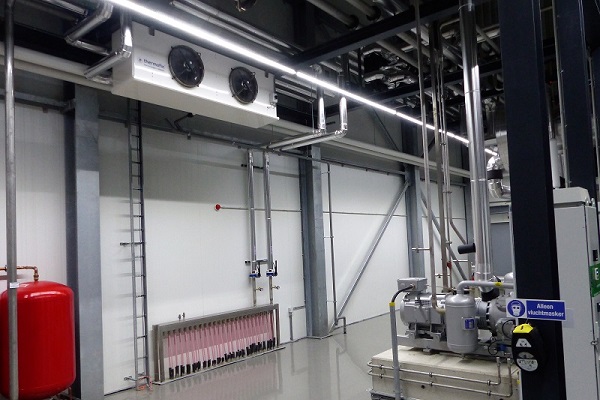
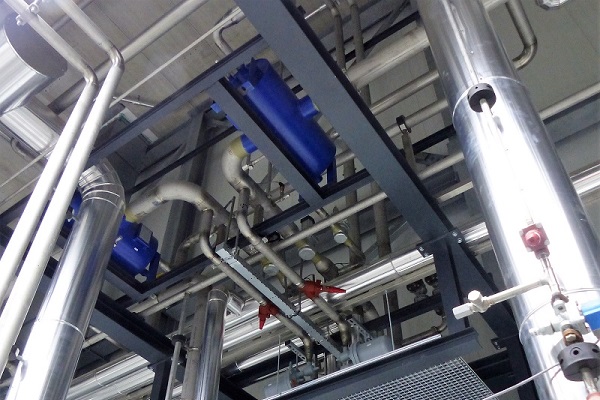
Forced defrosting
The temperature reach of the cooling cells is from -2°C to +15°C. Due to the temperatures under the freezing point, all cooling cells are fitted with forced defrosting based on a water/glycol mixture.
Freezing cells
The two freezing cells have four times the floor space as the cooling cells. Defrosting the humidifiers in these spaces is done with a Hycool mixture, that still functions well in very low temperatures. Both spaces are fitted with floor heating, to prevent the underfloor from freezing.
Energy efficient control
The installation is controlled by the in-house developed control system with user friendly visualisation. The weather dependent and capacity dependent control guarantees extra energy savings.
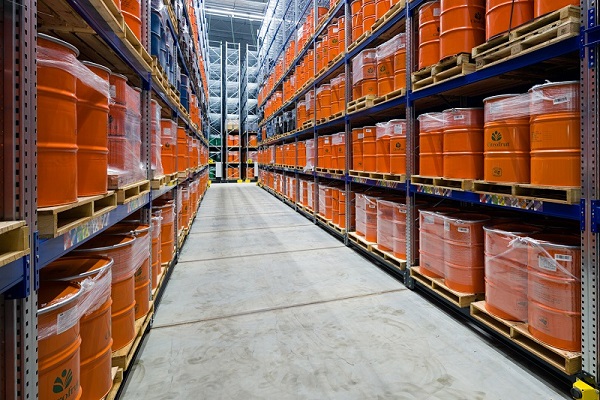
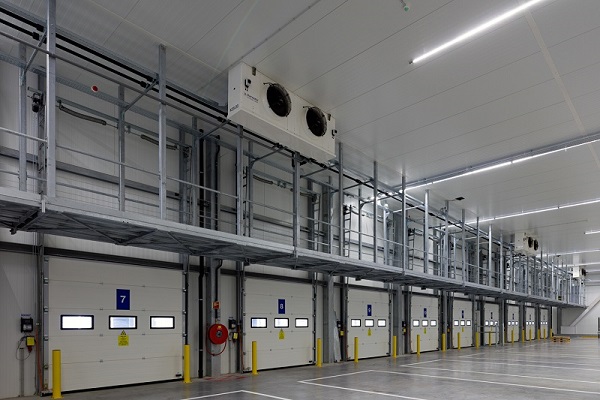
Demanding project
The Nijssen engineers designed the installation based on specifications from the Verhoef consultancy firm and ensured the work was well prepared. "Nijssen has time and time again proven that they are happy to take on cooling and building challenges," according to director Marc Paauw of Nijssen. "The dimension, the large distances and the relatively short turnaround time between cold and dark winter months made it a demanding project for our construction team. Partially thanks to an excellent collaboration with Kloosterboer and other construction partners they were able to complete the project within the set time."
Professionalism
"Professionalism and skill is what Nijssen has shown in this project," according to Jack Kloosterboer. "Skillfully and on time, all installations were supplied conforming to our desires. With this cooling/freezing installation they are contributing to our obtaining the BREEAM certification and with it the sustainable character of the entire building."
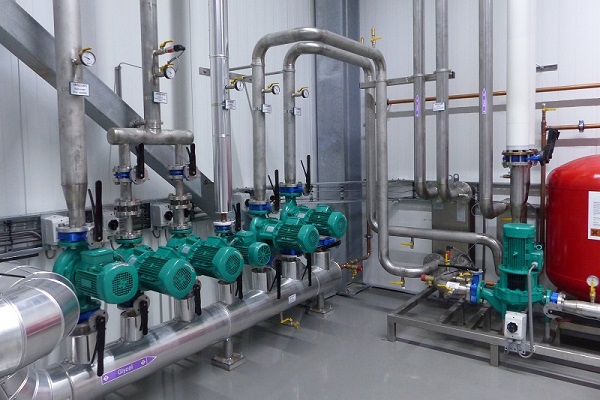
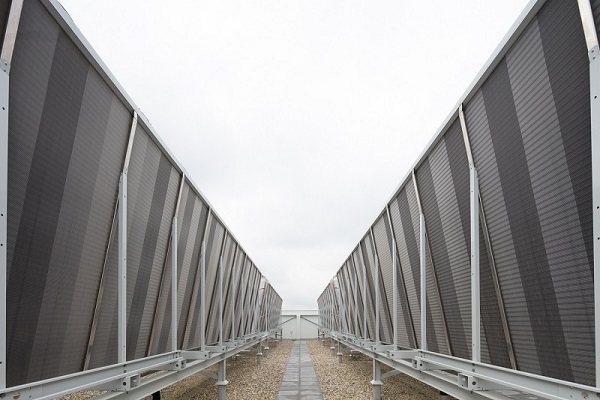
BREEAM Outstanding
The BREEAM Oustanding score of the cooling/freezing installation fits into Kloosterboer's aim to obtain this certificate for the entire building. There are high demands for insulation, air tightness and fire safety. The cells are separated from the expedition rooms with insulated doors and fireproof draft curtains. A strict discipline on the work floor should minimise undesirable air flows between the different areas. Energy efficient led lighting ensures an extra energy saving. Solar panels on the 27,000 m2 roof cover around 15-20% of Cool Port's energy needs.
Logistics service provider Kloosterboer is active worldwide in temperature-controlled storage and distribution of food-related products. The company occupies the 7th place on the world ranking for cooling capacity. In Europe it is by far the largest in the industry. Kloosterboer considers sustainability to be of paramount importance.
Completion: mid 2017
Would you like to learn more about our innovative projects? Call us at +31 71 521 62 14 or send an e-mail to This email address is being protected from spambots. You need JavaScript enabled to view it..







